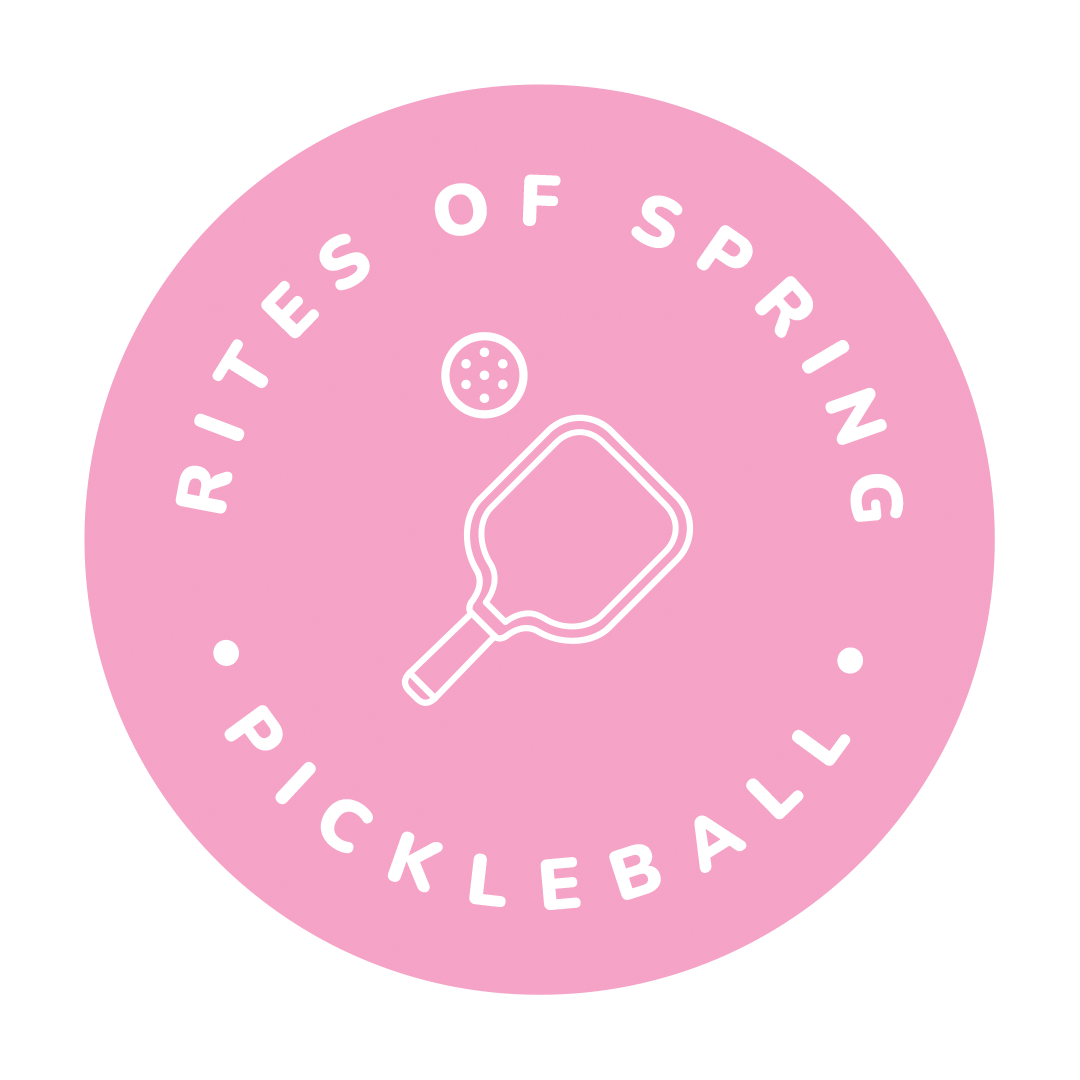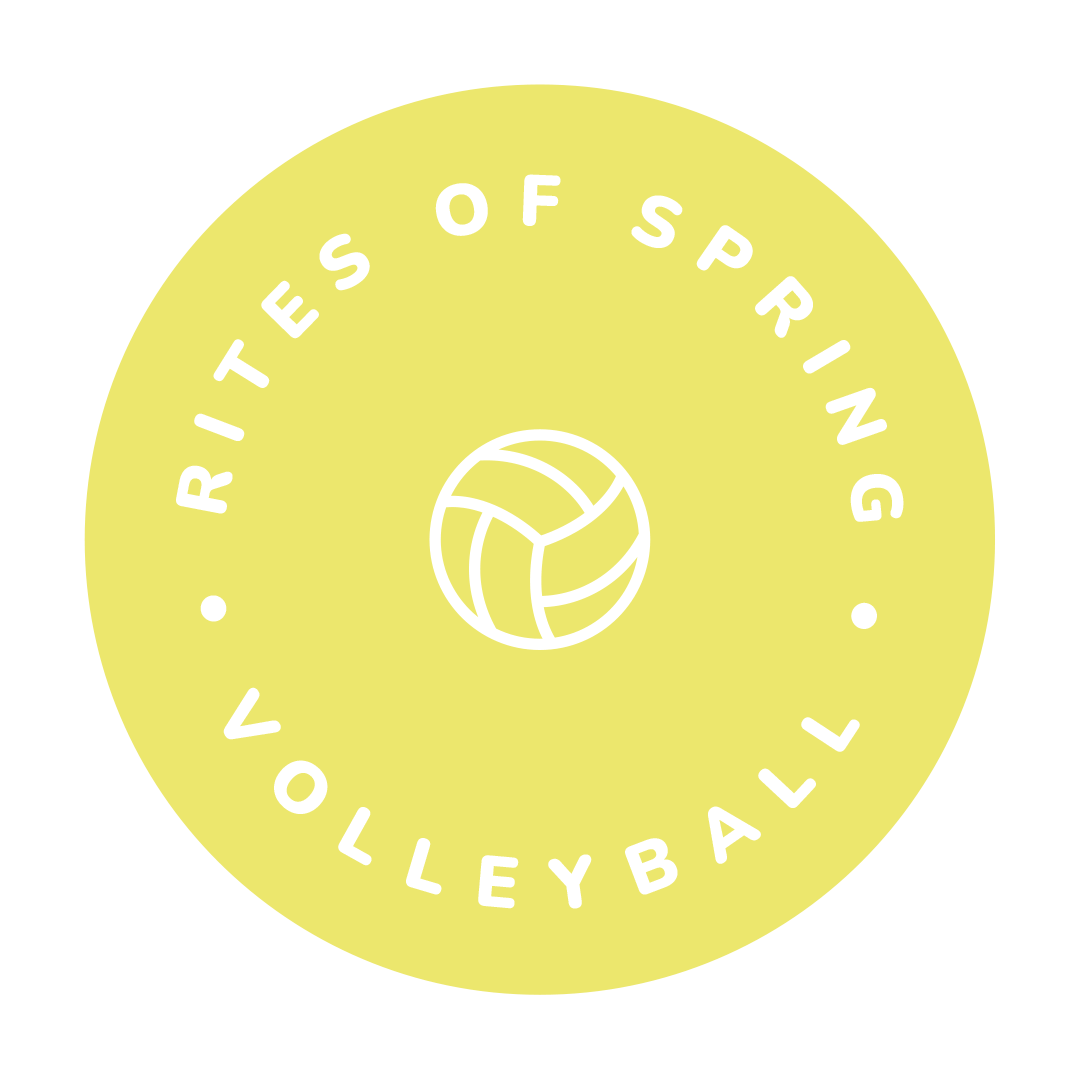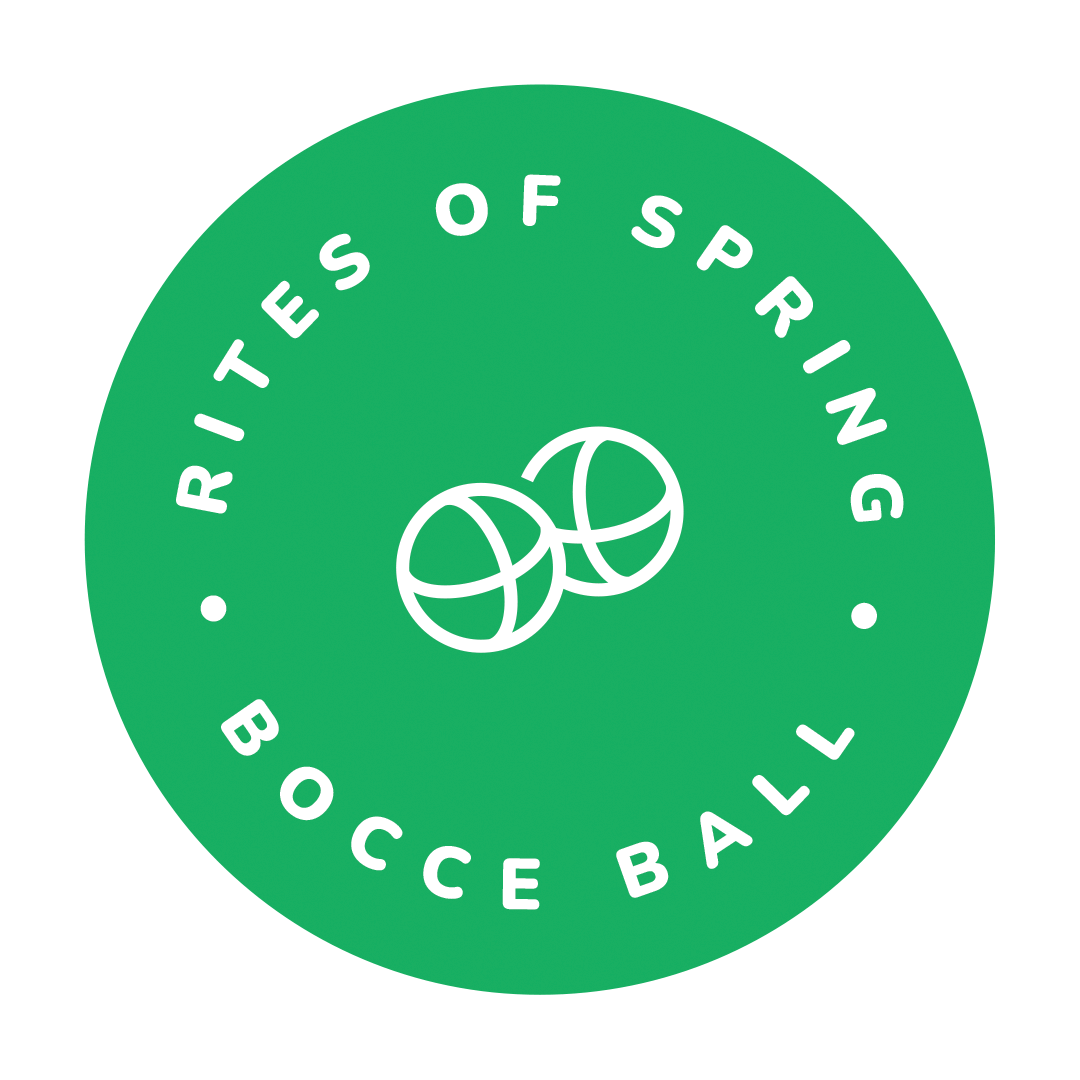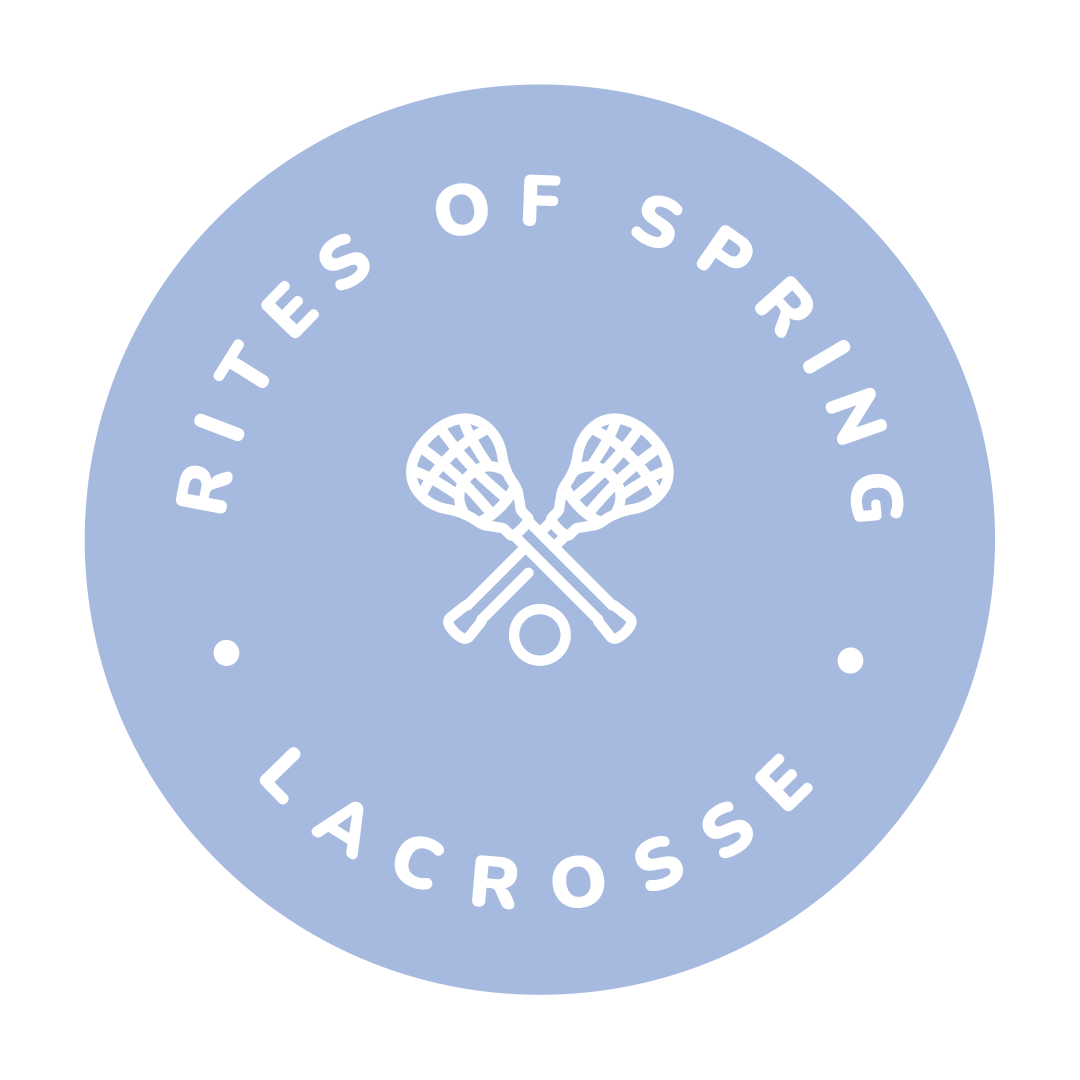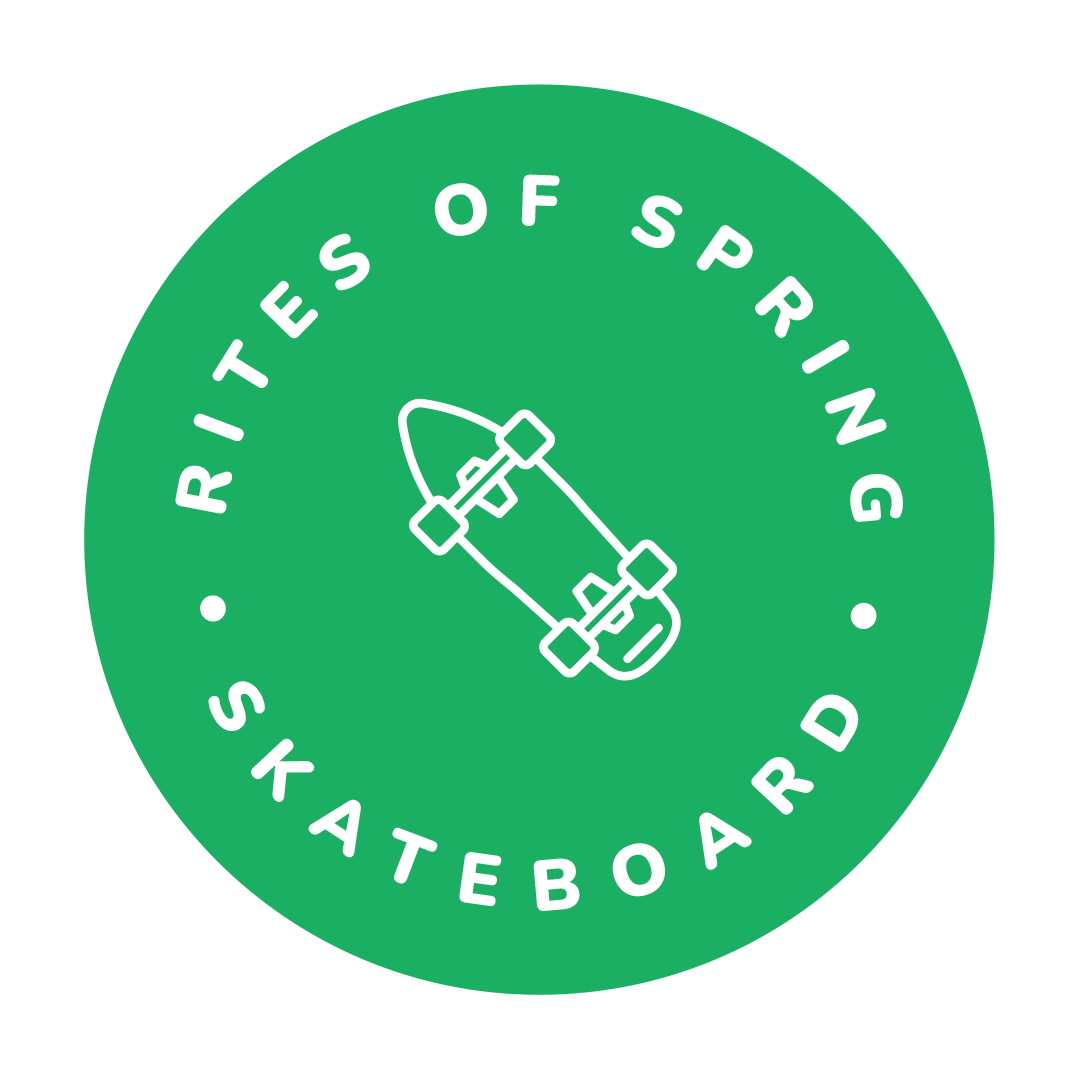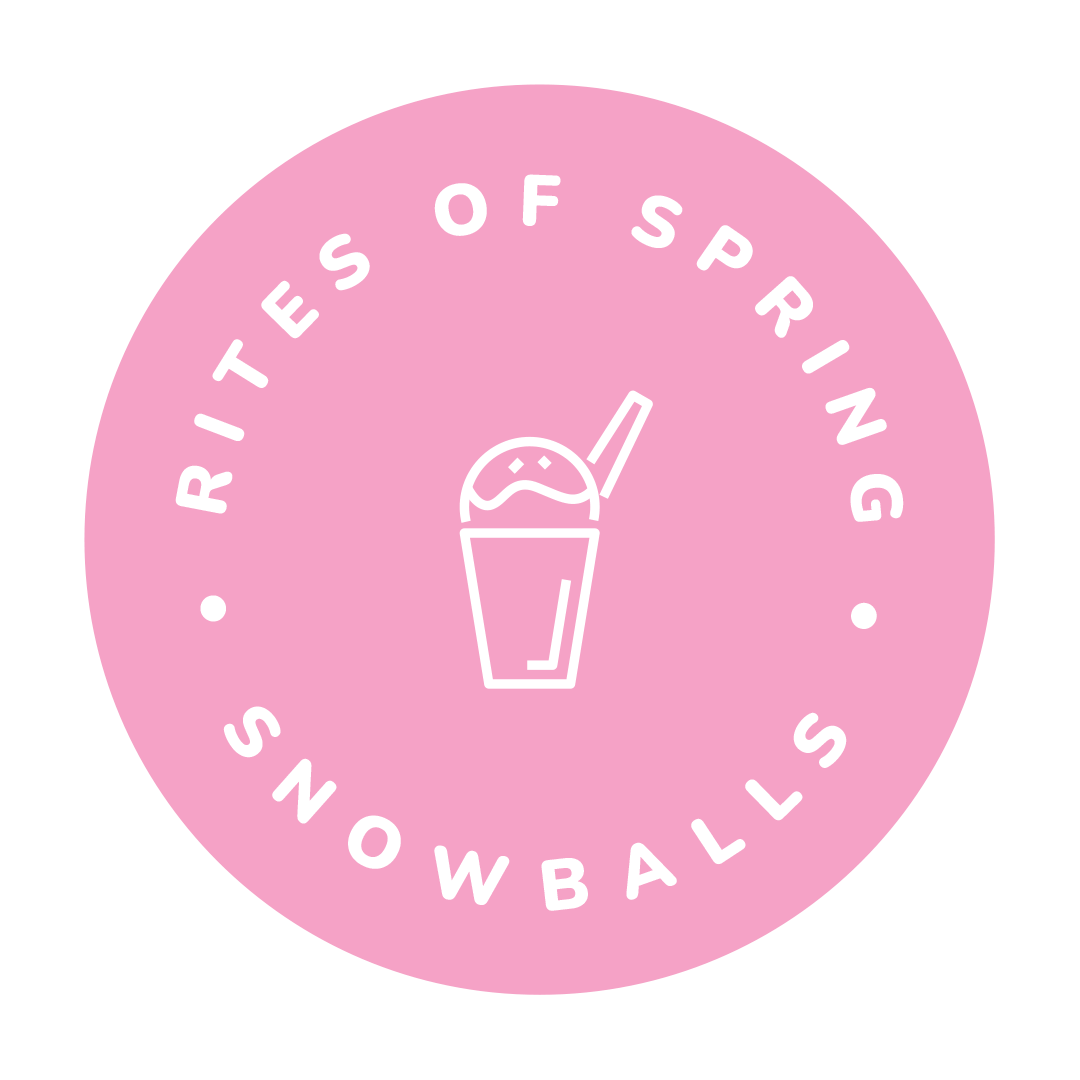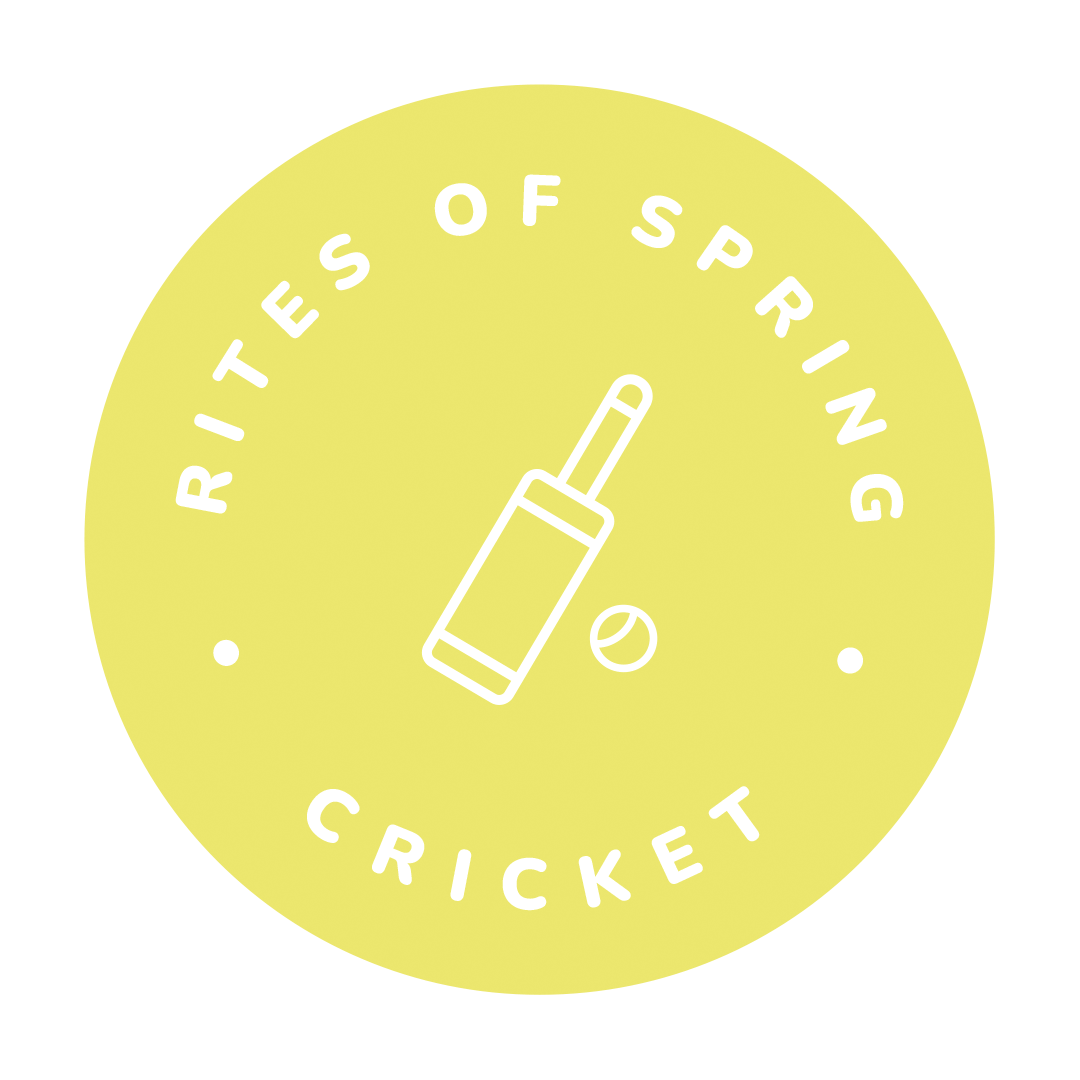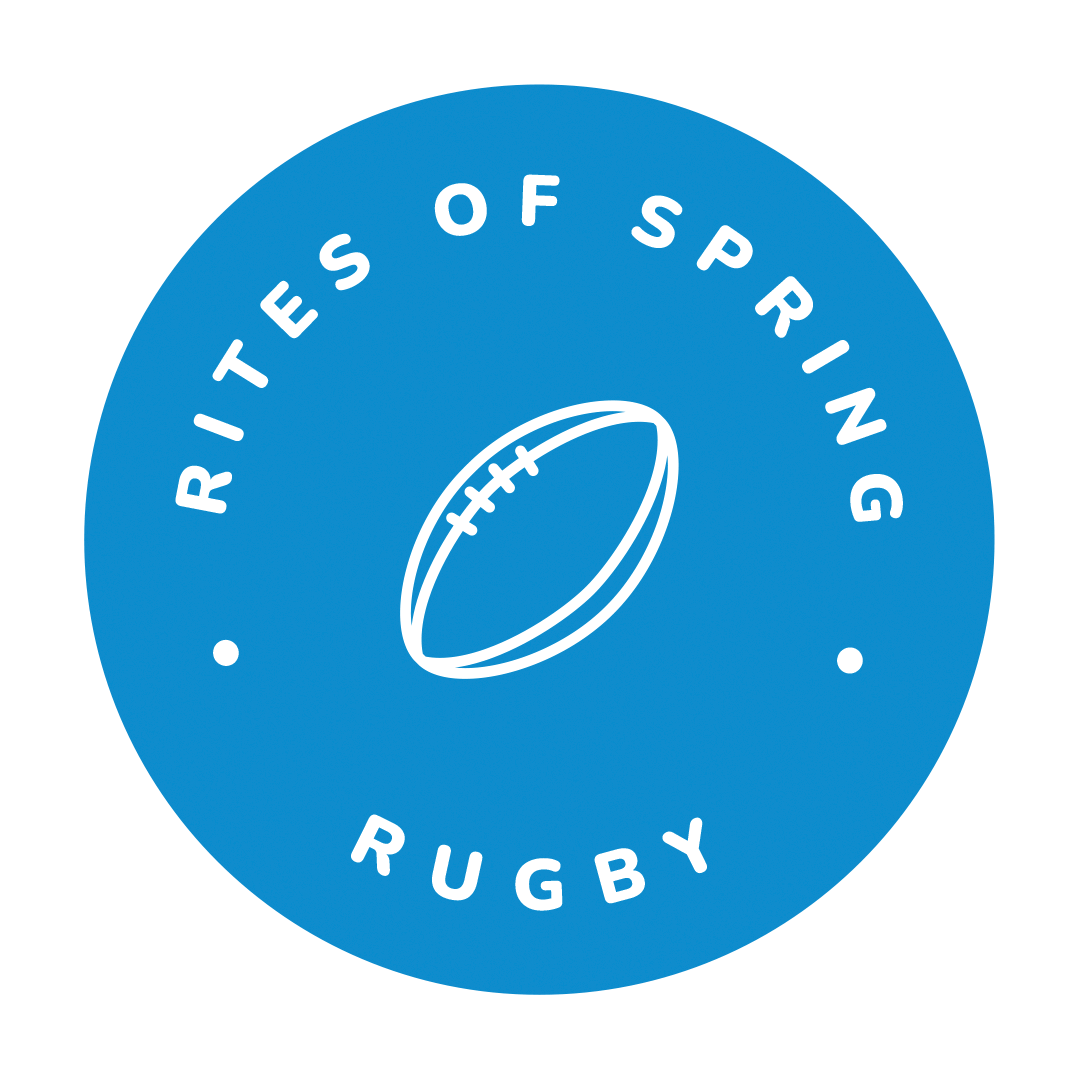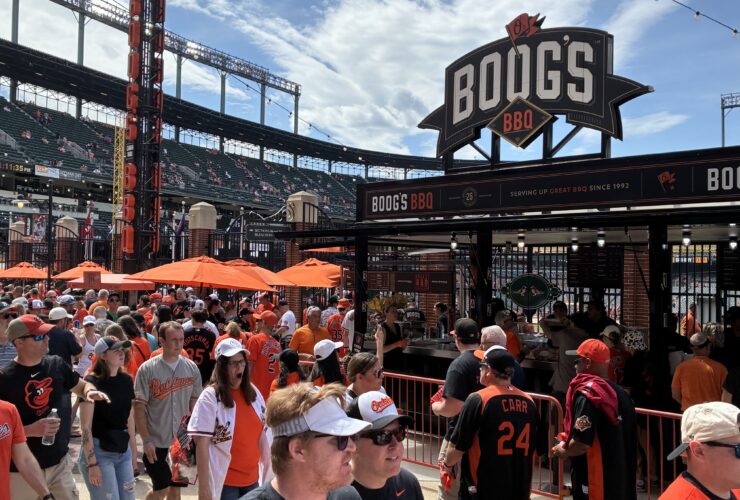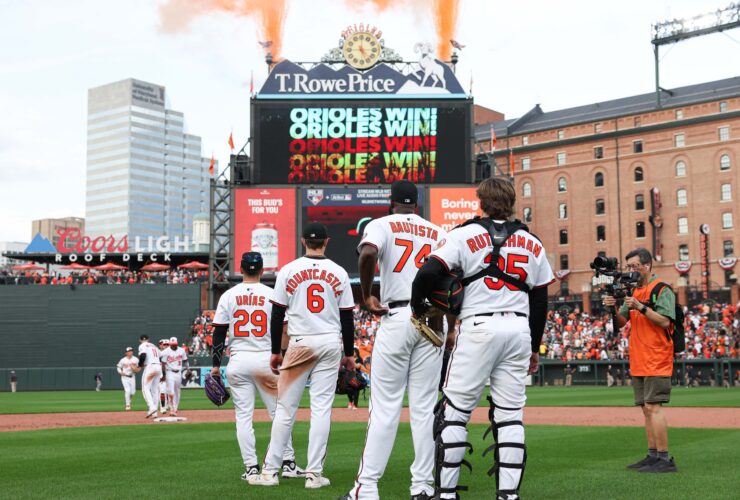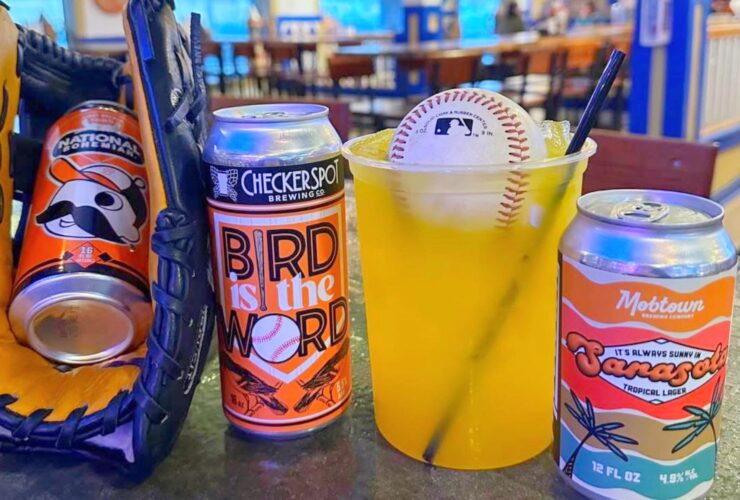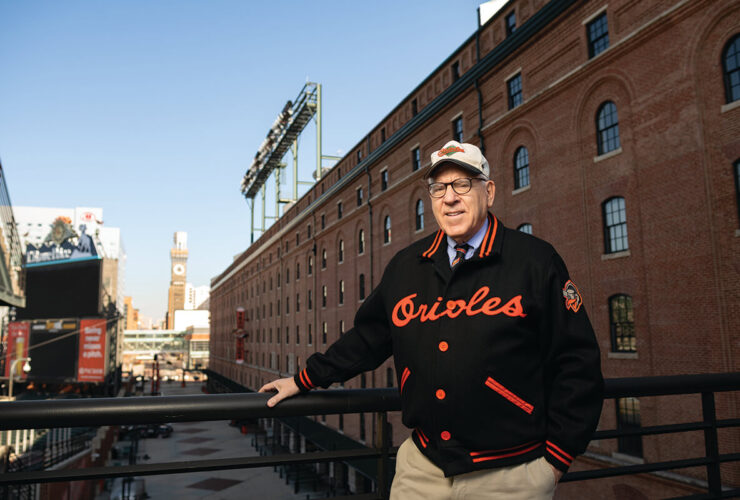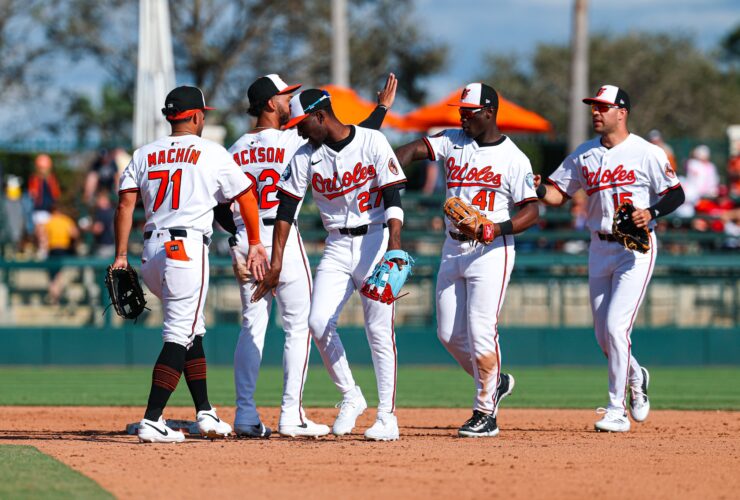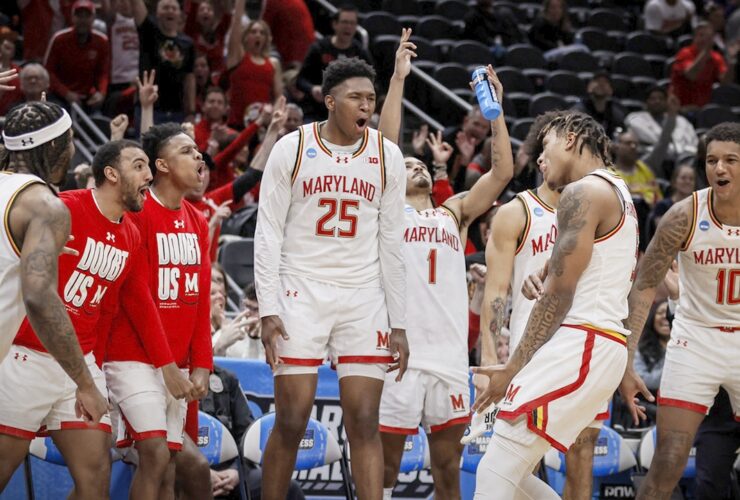
Rites of Spring
The Baltimore Flamingos Make Rugby Inclusive to All
The first LGBTQ-friendly rugby club in Maryland welcomes everyone over the age of 17 to the team, with just one caveat: You must have fun.
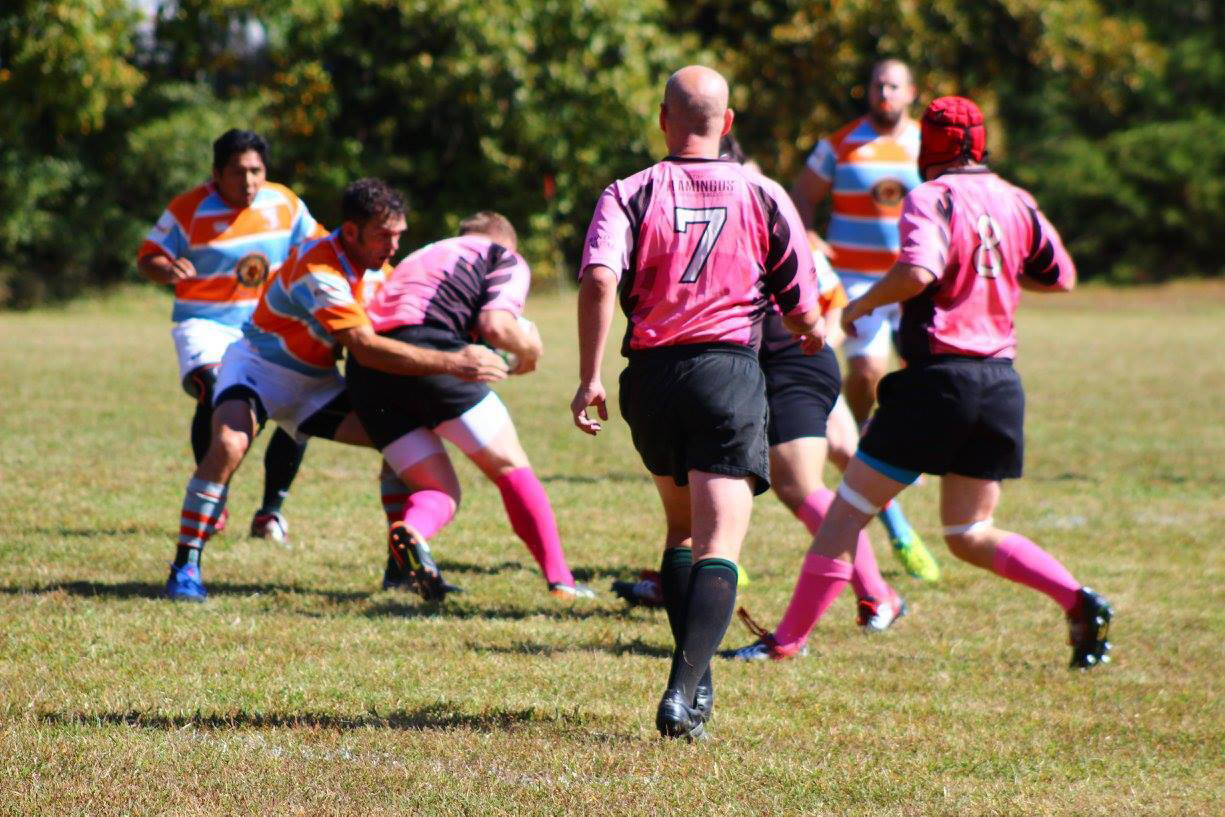
By Mike Unger
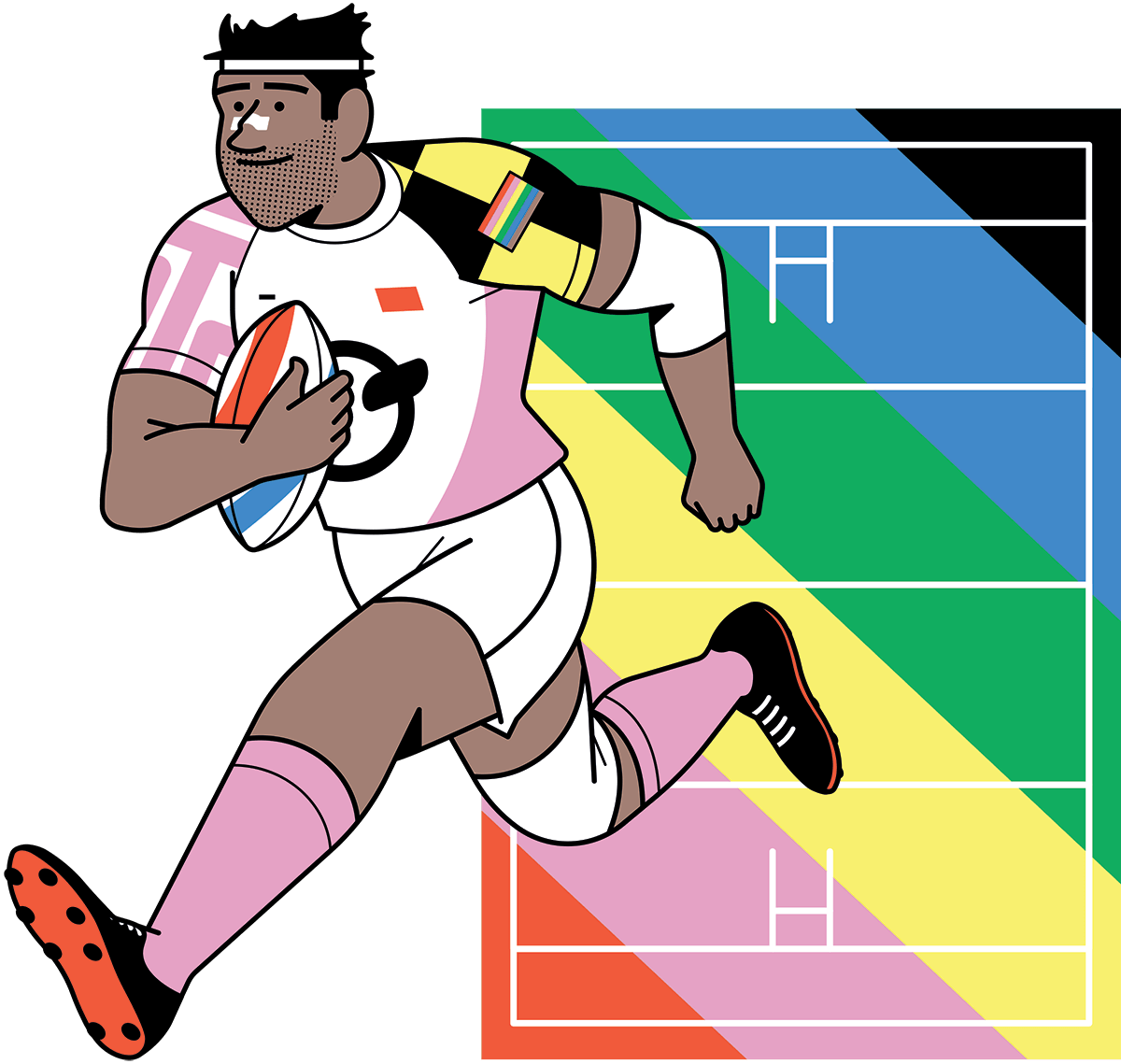
Thirty-year-old Val Pizzo started playing rugby in high school, but it wasn’t until 2016 that he felt he had found a true home in the sport. That’s when he discovered the Baltimore Flamingos, the first gay, bisexual, and transgender-friendly rugby club in Maryland.
Pizzo, the club’s president, joined months after it was founded. Back in 2016, the Flamingos, named in honor of John Waters’ iconic Pink Flamingos, struggled to attract players. Today, they have more than 100, and compete against local teams as well as those from International Gay Rugby, an organization whose mission is to fight homophobia in sports and rugby specifically.
“SO I’VE BEEN EXCITED TO JOIN A TEAM WHERE MY IDENTITY WAS RELATED TO BY THE REST OF THE TEAM.”
“I was on a girls’ team in high school and a men’s team in college,” Pizzo says. “On both teams, while I loved it, there were a lot of things that were misunderstood about me or misconceptions about me and queer people and trans people. So I’ve been excited since I was in high school to join a team where my identity was related to by the rest of the team.”
Rugby, invented roughly two centuries ago, is a rough and tumble sport that’s often compared to American football. While the rules are different, tackling is a bedrock of both. In rugby, however, the players don’t wear pads. While this does result in some violent collisions, there are generally less serious injuries and concussions because players can’t use equipment like helmets as weapons.
“You don’t have to be fast; you don’t have to be big. You don’t have to be any type of specific body,” Pizzo says. “Everybody can play rugby and play it safely.”
The Flamingos welcome everyone over the age of 17 to the team, with just one caveat: You must have fun. Rugby has a long and proud tradition of players partying with one another after games, and the Flamingos make sure to honor that.
“It’s mandatory that you have a social with the opposing team after the game where there’s food and drink provided by the host team,” Pizzo says. “It’s a great way to make friends and connections. And there is a growing sober community in the world, in Baltimore, and on our team, so we make sure that there’s always fun things to do for sober people. It’s not like you’re pressured to drink. It’s just a way for us to gather...But certainly, we do get a keg.”
GAELIC SPORTS
IRISH TIMES
Emerald Isle sports are alive and well in Baltimore.
By Ron Cassie
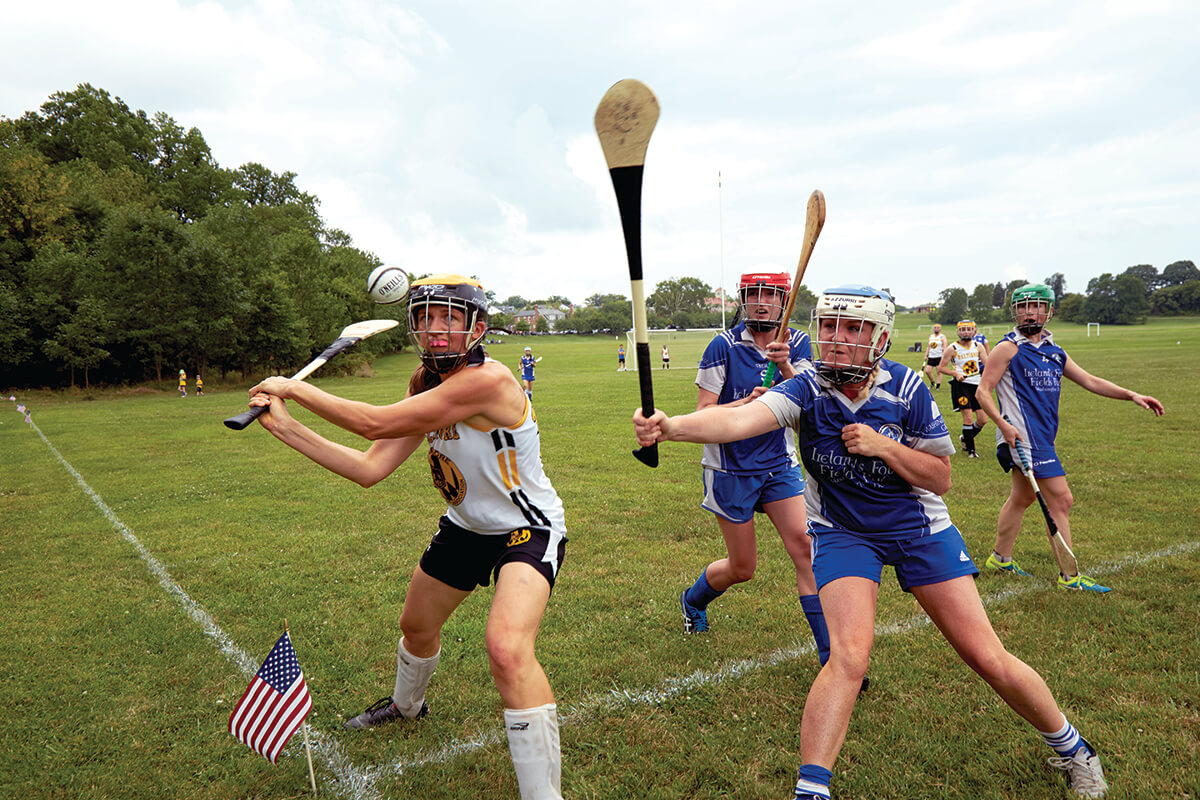
Photography by Sean Scheidt
Baltimore Gaelic Athletic Association (BGAA) was formed two decades ago by Tadgh and Lucy Prendeville, along with friends Feilim Mac Gabhann and Lucy Gibson.
“My husband is an Irish immigrant, and my grandparents were Irish immigrants,” Lucy Prendeville says. “And for us it’s been about having fun and building community. We’re supportive of one another. It’s my sports family.”
Initially, the Prendevilles and local Irish sports enthusiasts—and newcomers, who always welcome—began playing informal coed games of Gaelic football, a cross between rugby and soccer. Soon, the club formed a men’s Gaelic football team that began competing around the Mid-Atlantic region.
In the organization’s second year, a women’s Gaelic football squad was added and by 2009, BGAA teams were competing in hurling and camogie as well. (Camogie is the women’s version of hurling, which is something like a mash-up of field hockey and lacrosse, but with both soccer-like goals and American football uprights for scoring.)
Baltimore, of course, has always had deep Irish roots. The very name of the city is an anglicization of Baile an Tí Mhóir, which in Irish means “town of the big house.” Played since 1887, the annual All-Ireland Senior Hurling Championship is essentially Ireland’s Super Bowl. The whole county travels to watch if their local team makes the midsummer final. To their credit, the Baltimore Gaelic Athletic Association men’s football and camogie teams have won multiple U.S. national championships.
For the past decade, the “Bohemians” or “Bohs,” as Baltimore’s Irish teams are nicknamed, have practiced and played at their permanent home at Herring Run Park. It’s still the best Gaelic sporting pitch in the Mid-Atlantic area, but they also schedule pick-up games at Patterson Park.
And, for what is worth, when Prendeville says the organization is like a “family,” she’s not just speaking figuratively.
“There’ve been a half-dozen marriages between the men’s and women’s teams, with at least a dozen children altogether,” she says, while noting the organization now offers a kids’ clinic. Which all bodes well for the future of Irish sports in Baltimore.
